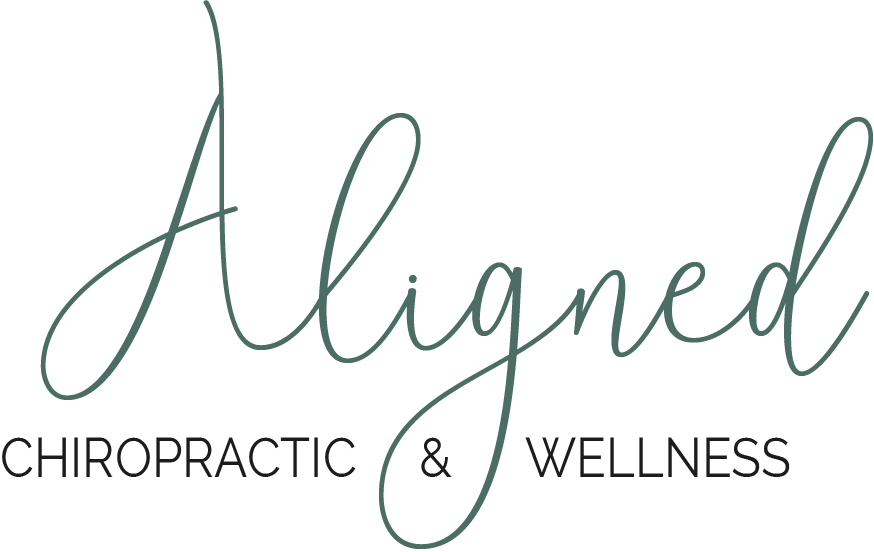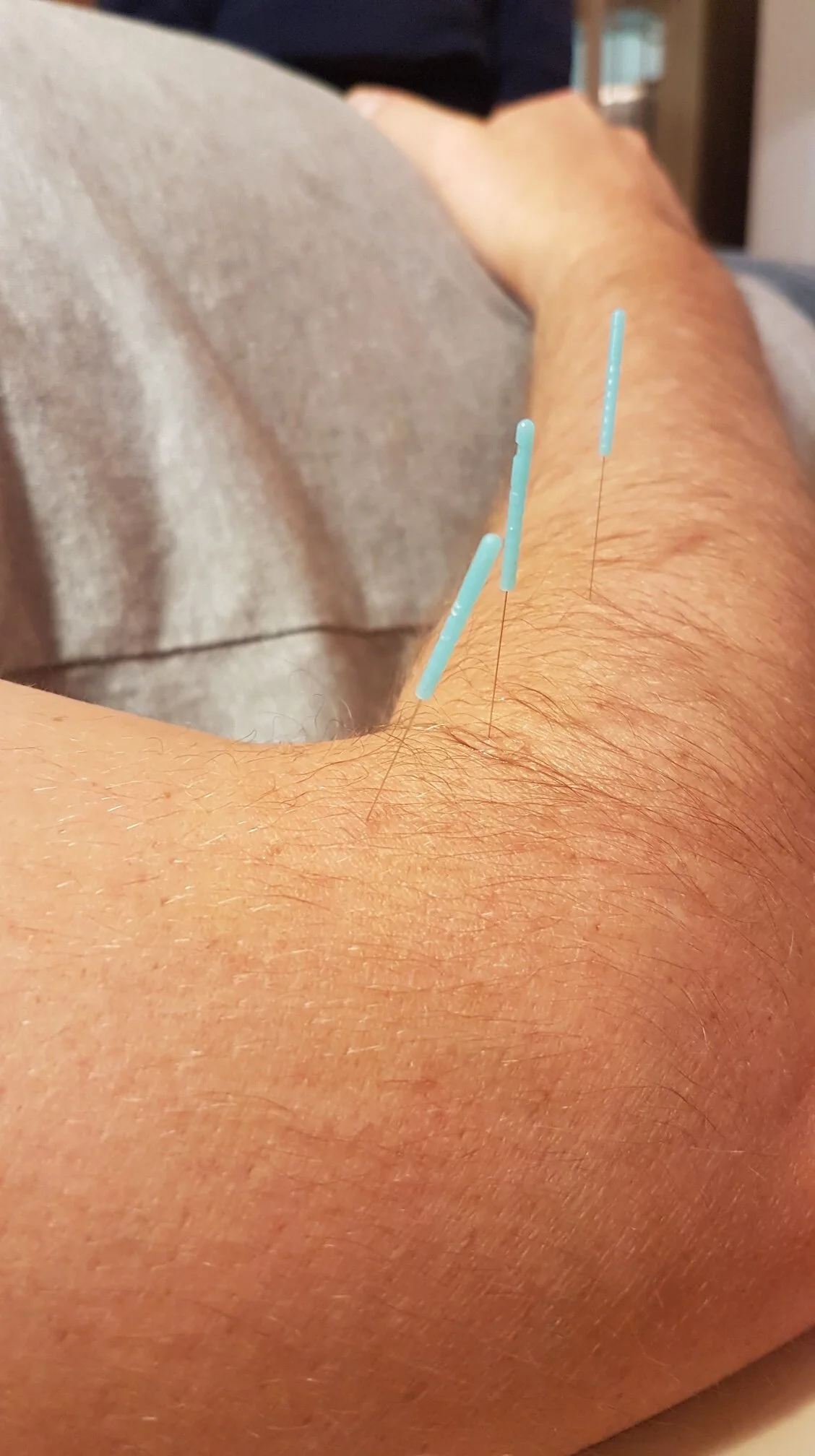Connecting The Dots
Do you want a healthcare practitioner to consider you as a whole person that isn’t just a list of parts? Do you have body ailments that keep coming back no matter what you do? Do you have a new concern that is affecting your daily tasks and goals? Your physical therapist would love to help you to manage these concerns.
Physiotherapy (also known as physical therapy) is a healthcare profession with the goal of restoring a person’s movement, function, and activity. Physiotherapy uses hands-on techniques, education, modalities, equipment and exercise training to help the client. A client’s goal can be specific to a certain injury or painful area. Alternatively, the person’s goal could be more centred on preventing injury or making sport or activities of daily living (ADLs) more efficient and effective.
Meet Your Physiotherapist
Jessica Penner has been practicing physiotherapy in Martensville and Warman since May of 2007. She loves the tight-knit community interaction that she experiences daily through her physiotherapy practice.
When booking with Jessica, you can expect a comprehensive analysis of your body. She will listen to your story intently and with compassion, in order to develop a relationship to your present concern, past history and future goals. Jessica will be able to use hands-on techniques and guidance that will give you the education you need to optimize movements that are meaningful to you. Her primary interest is to teach you how to control your movement and allow you to reach your goals.
Most of Jessica’s influence is based on her training in ConnectTherapy™ and the Thoracic Ring Approach™. She also uses her training in Neuroanatomical Acupuncture, under Acupuncture Canada, the Orthopaedic Syllabus as well as many other short courses that she has taken over the past 13 years of her career.
Jessica is a proud University of Saskatchewan graduate. She has a Bachelor of Science in Physical Therapy with Distinction from 2004 to 2007 and a Bachelor of Science in Kinesiology with Distinction from 2000 to 2004. Prior to that, she grew up on a farm in Southern Saskatchewan taking part in many extracurricular activities and sports. Currently, she makes her home in Martensville, alongside her husband and son. She is a dedicated mom to a growing, athletic kid! She loves her spare time to be spent outdoors enjoying each season. She is also passionate about tap dancing, fitness and yoga.
Your Step in the right direction.
A detailed history-taking, and whole-body analysis completed in order to establish the root of the concern and begin planning for change.
Analysis of movement, posture and breathing.
Prevention of injury or re-injury to muscles, tendons, joints, ligaments, bones, and nerves
Hands-on techniques (and/or acupuncture) in order to mobilize, release, train and stimulate the body for healing and/or improved function
Cueing, education, movement practice, and exercises that are tailored to each person’s meaningful activities, daily life, work, sport and other goals
Post-surgical mobility/healing
Fracture recovery
Occasional check-ins are important for self-care, especially when beginning something new, or when a change occurs
Enhancement of physical well-being has an impact on mood, and social connectedness, for overall lifelong health.
Gaining body awareness and control gives empowerment and builds confidence for accomplishing dream, enriching society and purely enjoying life.






